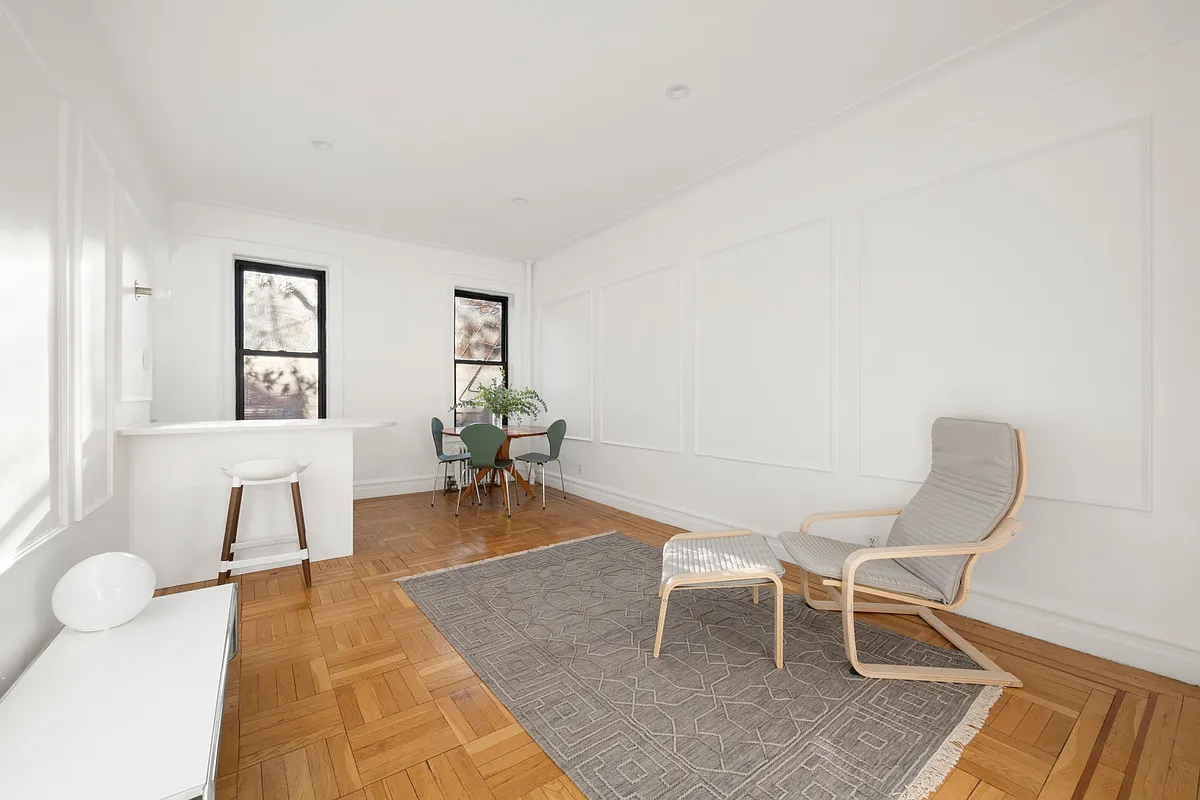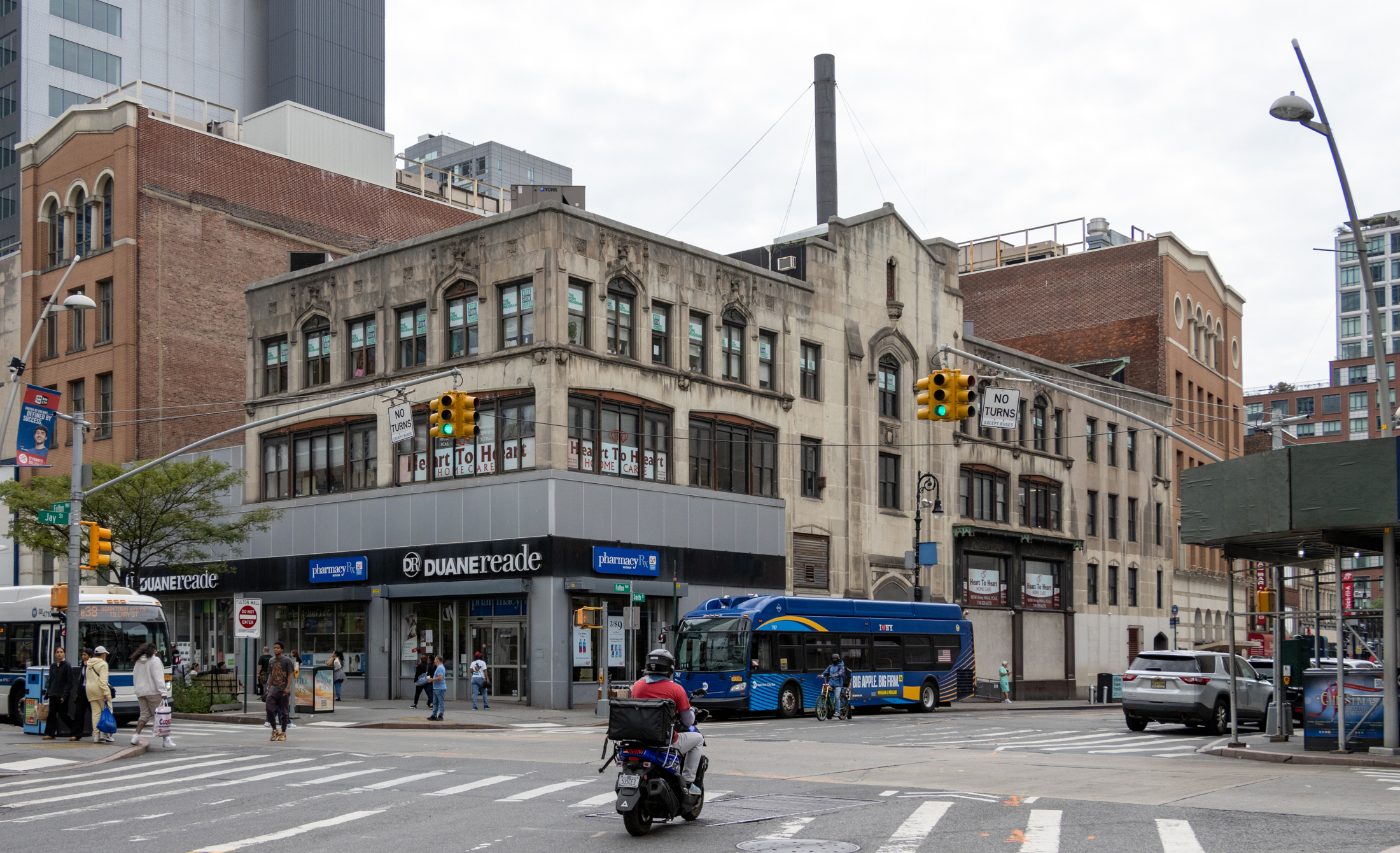Boerum Hill: In a Nutshell
The New York Times profiled Boerum Hill this weekend (timed, perhaps, to coincide with yesterday’s Atlantic Antic), focusing on the neighborhood’s boutiques and its transformation from shady (“rooming houses, drugs, and prostitution” in the 1970s and ’80s) to chic. On the real estate front, prices in the neighborhood are dropping as they are everywhere else,…

 The New York Times profiled Boerum Hill this weekend (timed, perhaps, to coincide with yesterday’s Atlantic Antic), focusing on the neighborhood’s boutiques and its transformation from shady (“rooming houses, drugs, and prostitution” in the 1970s and ’80s) to chic. On the real estate front, prices in the neighborhood are dropping as they are everywhere else, but still, nothing’s cheap in Boerum Hill: townhouses selling for over $1.5 million, condos and co-ops between $600,000 and $1 million, and rentals starting at $1,300 for a studio. New construction in the area includes Green on Dean and the Nu Hotel on Smith, as well as several planned or unfinished projects on the periphery of the area. Beyond the housing market and the area’s commercial offerings, the profile gives a nod to yesterday’s Atlantic Antic and it profiles Boerum Hill’s schools with their test scores of varying levels. Did the writer miss anything?
The New York Times profiled Boerum Hill this weekend (timed, perhaps, to coincide with yesterday’s Atlantic Antic), focusing on the neighborhood’s boutiques and its transformation from shady (“rooming houses, drugs, and prostitution” in the 1970s and ’80s) to chic. On the real estate front, prices in the neighborhood are dropping as they are everywhere else, but still, nothing’s cheap in Boerum Hill: townhouses selling for over $1.5 million, condos and co-ops between $600,000 and $1 million, and rentals starting at $1,300 for a studio. New construction in the area includes Green on Dean and the Nu Hotel on Smith, as well as several planned or unfinished projects on the periphery of the area. Beyond the housing market and the area’s commercial offerings, the profile gives a nod to yesterday’s Atlantic Antic and it profiles Boerum Hill’s schools with their test scores of varying levels. Did the writer miss anything?
Subway Lines Galore, But Who’s Leaving? [NY Times]
Atlantic Antic photo by Jim in Times Square





Peterbklyn, did you live in Boerum Hill in the late 70s/early 80s? I did – we paid $650 for the top 2 floors of a gorgeous brownstone on Bergen between Hoyt and Dean. The blocks between Smith and Bond were mostly quite lovely from the exterior, but a LOT housed SROs. Walking towards Nevin things got a bit shaky, and there were a lot of prostitutes on the streets between Nevins and 3rd.
I had my purse stolen twice walking on our block, both times in broad daylight. You would call the cops about such things and they’d just put you on hold or even hang up on you – this was just not important enough to respond to. We had friends robbed at gunpoint for their wedding rings one evening. There was always a lot of tension between the new gentrifiers and the people living in the projects and you frequently heard sirens. Nevertheless, there was a wonderful community spirit, in great part by newer residents forming block associations.
For those who criticize the wine bars and yuppie boutiques: There were very few places to shop in the late ’70s. We could pick up milk and very basic items at the small market on Smith near Bergen (it’s still there, now expanded). Otherwise, we would go to the Key Food on Atlantic Avenue and Clinton near Brooklyn Heights. There was a ghetto supermarket down the block and it was smelly; the fresh food was decidedly not fresh. Other than that, a lot of boarded storefronts on Smith. The first generation of restaurants and shops were not displacing a lot of old mom and pop businesses; they were mostly opening up in long-vacant storefronts.
So no, from my first-hand experience of Boerum Hill, the NY Times article did not exaggerate the past.
I read Lush Life, man that book was overrated.
I also usually walk on Dean.
Between Park Slope and Cobble Hill, I usually walk on Pacific or Dean.
so now you have informants 11217 in neighborhoods you dont even LIVE in? hahahah 🙂
*rob*
I heard from someone on the block that the victim did not know the perp, but whatever…I’m not saying Boreum Hill is dangerous, but since I have a friend on Wyckoff, I do sometimes walk home late, but probably will be taking a car from now on.
I know, Pete, you’re right, of course, but you know how some people are about “neighborhood” boundaries. I just always thought that both Cobble Hill and Boerum Hill extended to the north side of DeGraw, and Carroll Gardens began on the south side. What delineates any of these neighborhoods on the east is anyone’s guess.
“The 78th Precinct recorded its first murder in more than a year and a half on Sept. 27 when a resident of the Wyckoff houses was slain.
Details of the crime were unavailable, but police said that Victor Zapata, 28, was murdered as he walked on Wyckoff Street between Nevins and Third at around 1:15 am.”–
1st murder in year and a 1/2 for precinct. And I bet you don’t walk that block at 1:15am too much…and as with plenty of murders – person probably knew that perp.
Generally people don’t call anything south of Warren Boerum hill…but to me CarGard, CobHill, BoerHill is generally same ‘hood so I don’t get too excited about creating boundaries. After all – take in those areas add in Red Hook and part of what some people call Gowanus…and adds up to size of ParkSlope.
Pete, try Expert Center on Court Street.
Is it just me, or does Boerum Hill extend south of Warren, say to DeGraw?
anyone read Clockers?